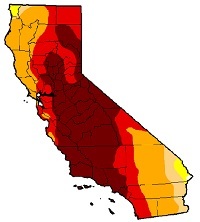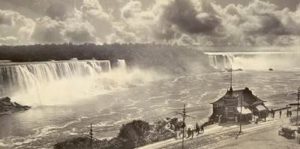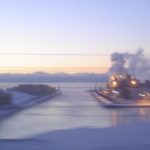I like the gimmick that are also based on something actual, a rare sight in the craft beer scene these days. Stuff like when thirty years ago I had a beer from the Falklands. And it really was. Fog based beer is apparently real as well:
Since a particularly bad drought in the 1950s, now-retired physics professor Carlos Espinosa Arancibia has been testing nets that could help capture water in Chile’s driest regions, the BBC reports. This current iteration of the net has openings less than one millimeter across around which water droplets condense out of the fog. The drops accumulate and grow until they drip into a pipe at the base of the net, from which it flows into a container, so clean that it’s immediately ready for human use. One of Espinosa’s test centers is near the town of Pena Blanca, home of the Atrapaneblina (fog catcher) brewery. The beer–a golden-amber Scottish ale with brown foam–is made only with the water collected from the fog nets. The brewery produces a meager 6,300 gallons of beer per year, but its owner says the water gives the beer a unique taste and quality.
OK… a golden-amber Scottish ale with brown foam? What the hell is that supposed to be? The brewery’s website only has images of the beer in bottles. Images online show a rather more comforting off-white head. There is just one lonely BAer review.
But what about the science? The Daily Mail published some respectable images of the fog nets of Chile a couple of years ago. The eggheads over at MIT are apparently involved with Chilean fog harvesting and have promised a five-fold increase in production. Their studies of the carapace of the Namib beetle, native to the Namib desert of southern Africa have led them to that conclusion. [Ed.: how many times have I heard that!?!?] Apparently, at certain times of the year a square meter of the better mesh might yield up to 12 liters per day or more. Which means only a ten by ten meter net might be needed to get you that litre of beer a day.
Given the Californian drought, a net of 41,650,000,000 m² is all they need to support current craft beer statewide production. That’s 41,650 km² of netting or about 10% of the state’s total land mass. So… it’s possible.









